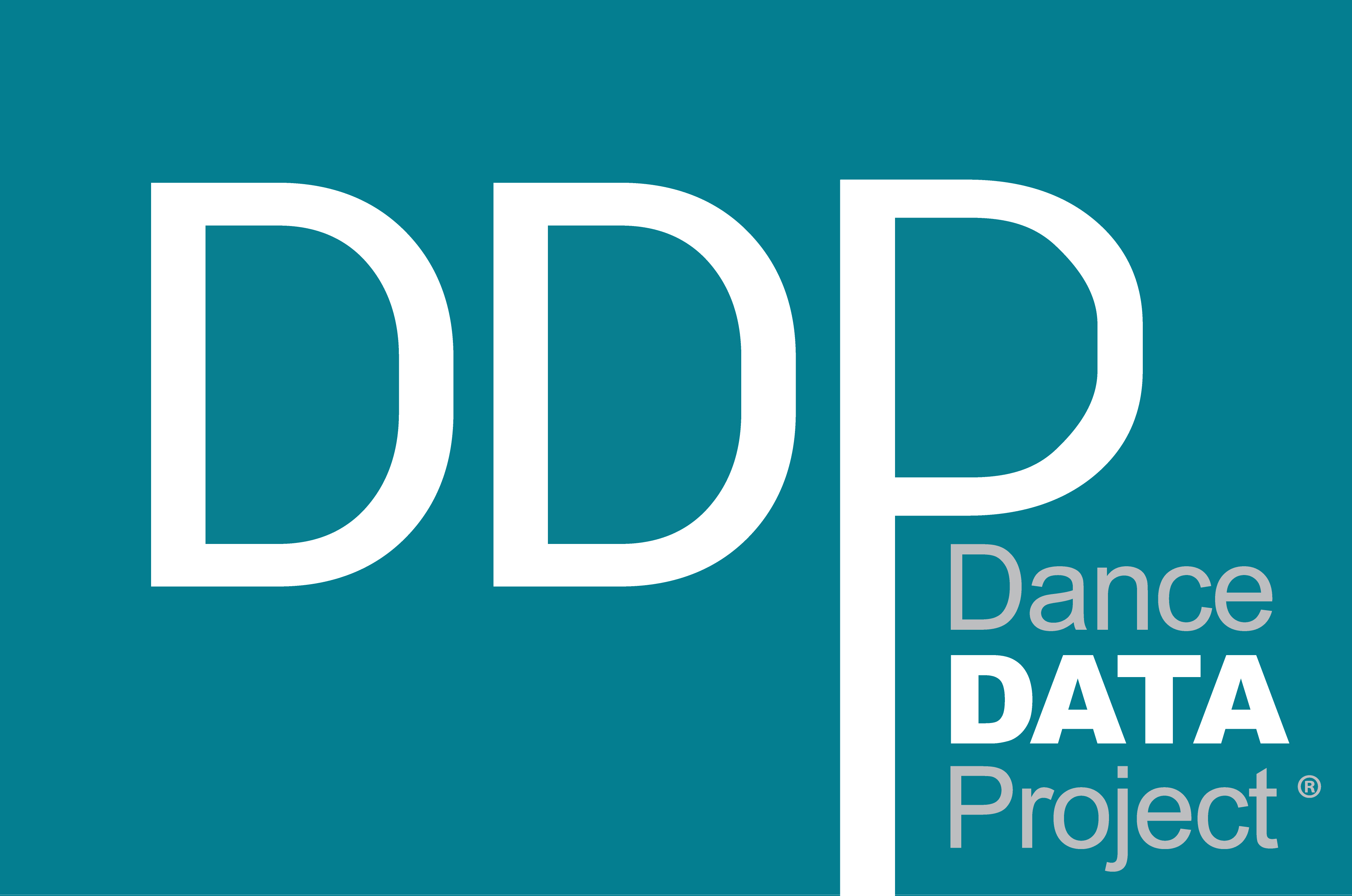The Washington Post: Ballet directors talk about ‘fitness.’ That’s still code for rail-thin dancers.
"The Devil Ties My Tongue" by Amy Seiwert performed for the SKETCH Series, 2013. Photo by David DeSilva. Courtesy of Amy Seiwert's Imagery
April 30th: South Arts: Professional Development & Artistic Planning Grants, April 30th: South Arts: Express Grants, May 6th: Doris Duke Foundation Grant, May 7th: South Arts Individual Artist Career Opportunity Grant, May 27th: Dancemakers Residency, June 1st: Miami DanceMakers
×
"The Devil Ties My Tongue" by Amy Seiwert performed for the SKETCH Series, 2013. Photo by David DeSilva. Courtesy of Amy Seiwert's Imagery
07 April 2021
By Chloe Angyal
Today’s ballet teachers and company directors know that they can no longer simply instruct their dancers to lose weight. But that doesn’t mean they’ve relinquished their rigid, narrow vision of what a “good” ballet body looks like: They simply swathe that ideal in the gauzy, feel-good messaging of today’s fitness culture.
For decades, the prevailing attitude was to lose the weight, no matter how, says Harrison: “Lose it by ‘Nutcracker’ — and by the way it’s November 15 — and [do it] without getting injured and without passing out.” In her infamous memoir “Dancing on My Grave,” New York City Ballet principal dancer Gelsey Kirkland recounts an incident in the late 1960s when the company’s co-founder and de facto dictator, George Balanchine, stopped a class to examine Kirkland’s body and “rapped his knuckles” down her sternum. “Must see bones,” he told her. At the time, Kirkland weighed less than 100 pounds. “He did not merely say, ‘eat less,’ ” Kirkland remembered. “He repeatedly said, ‘eat nothing.’ ” Experiences like Kirkland’s (whose account has been corroborated by other company dancers) can be found throughout the ballet world. Balanchine’s preferred female body type — swan-necked, slim-hipped, long-legged, impossibly thin and capable of terrifically difficult footwork — became the enduring global standard for ballet companies and schools.
In the 1990s, ballet’s high-pressure and eating-disorder-friendly culture came in for some unwelcome attention. The press spread the word about anorexia and bulimia running rampant among teenage girls; gymnastics and figure skating also came under scrutiny. In books and press coverage, harrowing tales of dancers starving themselves, of smoking or snorting their appetites away, made for bad PR as the nation moved toward a new, tenuous “body positive” culture in which emaciation was no longer considered the height of feminine beauty.
The bad old days of American ballet teachers and company directors telling their dancers to eat nothing, or telling them exactly how many pounds they should lose, are largely over. The focus now is on optimum performance, on strength, on food as fuel. Companies encourage dancers to cross train at the gym, on top of their heavy rehearsal schedules and daily technique classes. They partner with nutritionists (Harrison, for example, was the in-house nutritionist at Atlanta Ballet for six years and now consults with the company) and team up with activewear brands to emphasize that their dancers are athletes as well as artists.
Company directors today commonly say they want “fit” dancers — provided that they also appear fit. That is, in addition to having the strength and stamina to dance a full ballet, they must adhere to the conventional understanding of what a fit person looks like. It’s not enough to lift your pas de deux partner over your head: You also need to have a six-pack while you’re doing it.
Read the full piece in The Washington Post here.
Note: Ms. Angyal was interviewed for DDP’s Global Conversations Round 3: The View from 30,000 Feet, which aired in the Fall of 2020. Her forthcoming book, Turning Pointe: How a New Generation of Dancers Is Saving Ballet From Itself, will be published May 4, 2021 and will feature DDP’s work.
Reach out to us to learn more about our mission.
"The Devil Ties My Tongue" by Amy Seiwert performed for the SKETCH Series, 2013. Photo by David DeSilva. Courtesy of Amy Seiwert's Imagery

 The New York Times In Her Words: Young Women Are Dropping Out of School and...
The New York Times In Her Words: Young Women Are Dropping Out of School and...
Leave a Reply
Want to join the discussion?Feel free to contribute!